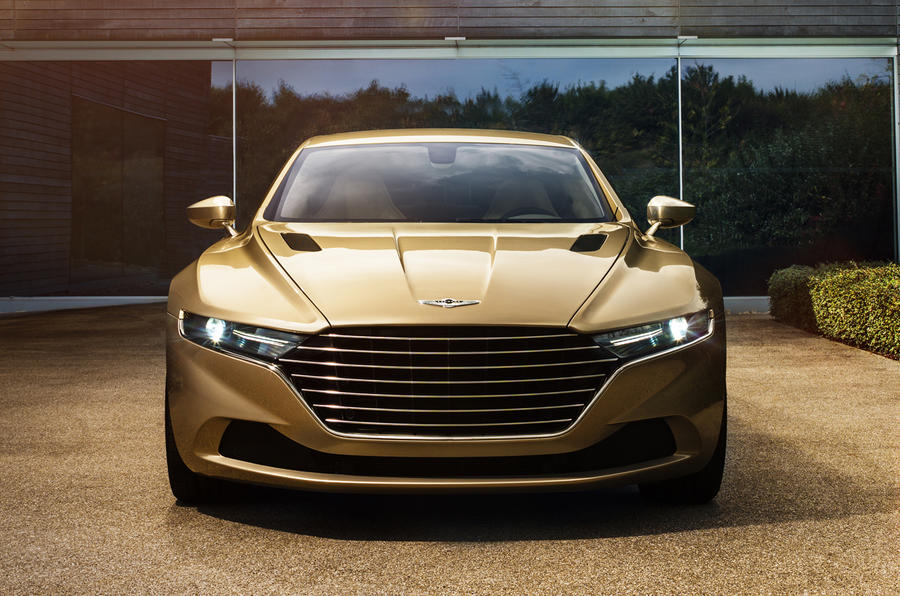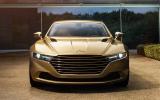The Aston Martin Lagonda Taraf saloon is being offered for sale in the UK with a price tag of £685,000.
A price for the super-luxury saloon first appeared on the website of specialist dealer H.R. Owen, but has since been removed. Originally destined exclusively for the Middle East, it's understood that customer demand has swayed Aston Martin's decision to offer the car for sale in the UK. The announcement was made at the Geneva motor show in March.
In addition to the Middle East and the UK - where the Lagonda will be offered in right-hand drive form - sales will now take place in EU-legislation-compliant continental Europe and other select global markets, including Singapore and South Africa.
It's near-£700,000 price tag pitches the Lagonda well above other super-luxury saloons. An extended-wheelbase Rolls-Royce Phantom costs £373,824 by comparison, while the Bentley Mulsanne costs £229,360.
Based on Aston Martin’s VH architecture, the V12-powered Lagonda Taraf will be built in a limited run of 200 units and is the work of Aston’s special projects division, which is behind the recent Vulcan and Vantage GT12.
The carbonfibre-bodied model will be hand-built at Aston’s Gaydon headquarters, and extensive personalisation will be offered by the ‘Q by Aston Martin’ bespoke service.
The return of the Lagonda name on a production car is significant for Aston, because it is expected to be returned full-time to the range on an as yet unconfirmed SUV model.
Powered by a 550bhp 5.9-litre naturally aspirated V12 engine - the same unit as the Rapide S - the Lagonda is capable of reaching a top speed of around 200mph. The production-ready model was revealed in a series of official pictures late last year, and had previously been spotted testing both on UK roads and in Oman.
As part of its extensive testing programme, Aston Martin took a near production-ready Lagonda model to Oman, where it completed some 14,000 miles of testing over four weeks. The main focus of the testing was to see how the Lagonda's components, especially elements like its air conditioning system and interior trims, tolerated the heat, which could range from 30 to 50 degrees Celsius. At the time, Aston said the car was already performing "beyond expectations".
Styling cues for the model are borrowed from the V8-engined Lagonda saloon, which was launched in 1976 and was designed by William Towns. Underpinning the new model is Aston Martin's VH architecture, which is used throughout its current line-up. Power from the V12 engine is sent to the rear wheels via a six-speed ZF automatic transmission.


















































































Join the debate
Add your comment
style
Of course the price is not
Agree up to a point